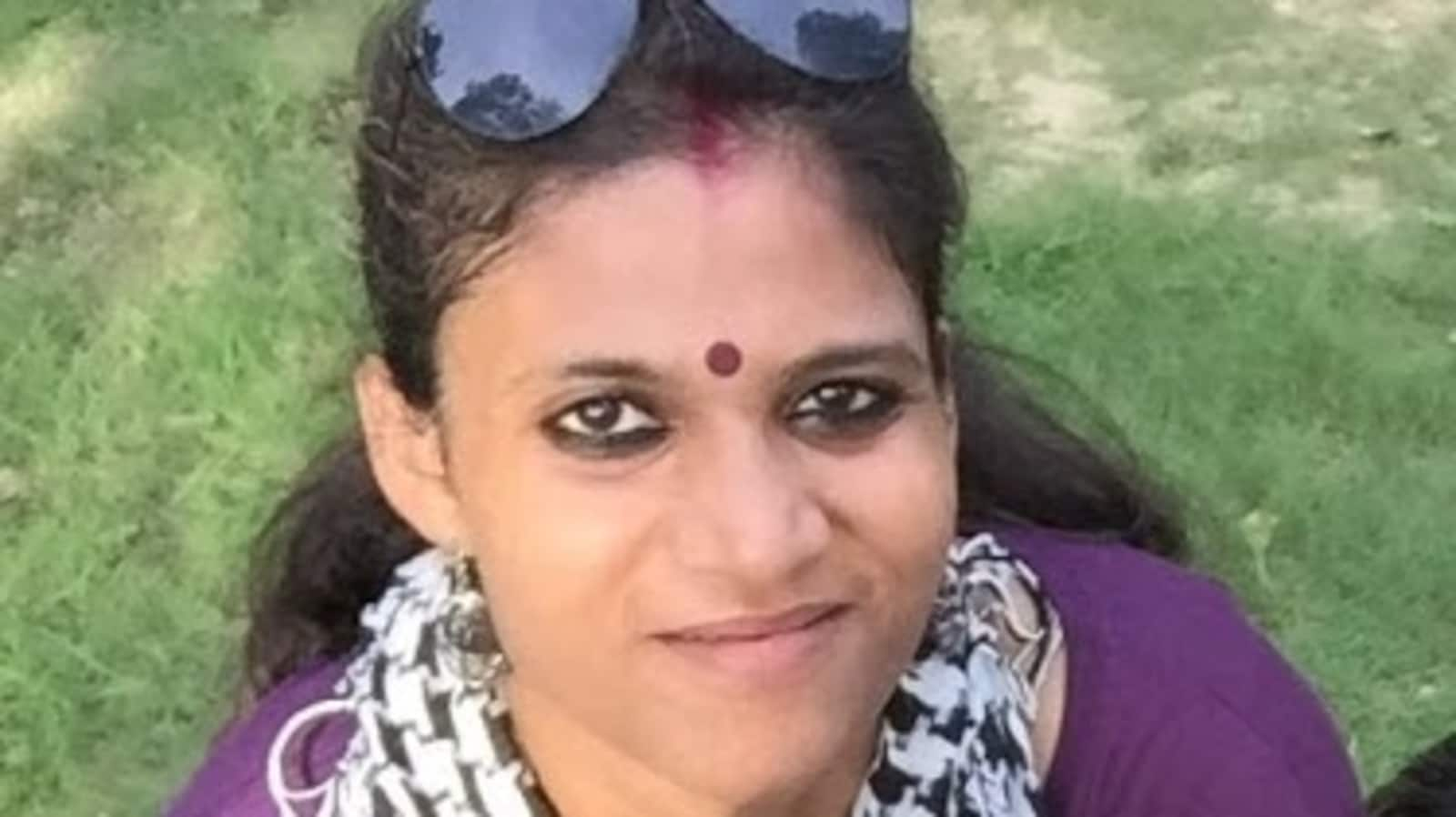Akshay Kumar plays a regressive man but Raksha Bandhan isn’t a regressive film
Akshay Kumar’s latest outing, Rakshabandhan has received a wide variety of reviews. While some hail it as a film with a much-needed message against the dowry system, many others have slammed it for being regressive. Perhaps, the film is caught between the two major divides of our country – one that experiences social evils such as dowry and dowry deaths on a daily basis and another one that believes it is all in the past and the Indian society is way past such evil practices. (Also read: Aanand L Rai reacts to Raksha Bandhan being called regressive)
Written by Kanika Dhillon and Himanshu Sharma, Raksha Bandhan traces the story of a man and his four sisters. He treats them with utmost love, but also believes his ultimate goal is to marry them off with handsome dowries. Directed by Anand L Rai, the film is certainly not aimed at changing the mindset of people who already understand that dowry is an evil practice. It is for families of prospective brides who consider it a duty and necessity and the families of the prospective groom who see it as a pride and birthright.
In one of the most melodramatic scenes in Raksha Bandhan, Akshay is woken up by the “noise” of a social worker speaking about the evils of dowry and urging Chandni Chowk residents not to give in to such demands by the groom and his family. What does our hero do? He tells her that the men are working very hard to ensure their daughters and sisters get a happy life by securing a huge dowry for them and refuses to take upon the guilt, and feel ashamed of arranging dowries for the sisters. Some believe it to be one of the most regressive moments in the film but the hero mouths what most people in the heartland believe.
It is a fact that dowry cases and dowry deaths continue to haunt Indian women, especially in rural and semi-urban areas where many cases go unreported. As per the NCRB report for the year 2019, at least 7000 women die every year across our country due to dowry-related torture and violence. While urban centres and people with urban mentality understand gender equality and believe incidences of dowry related torture and dowry death are a thing of the past, the government figures show a starkly different picture.
In many regions across India, dowry is exchanged with pride. The higher the education and salary cheque of a man, the higher dowry he gets to demand. A report in The Hindu from April this year elaborated on how the dowry system works in today’s era. It said, “The groom’s family, fearing anti-dowry laws enacted in 1956, insists on getting the cash and other considerations before the wedding.” It may not be labelled as dowry, but the financial and social pressure on the bride’s family remains much the same.
It is accepted among most that dowry is a bad practice, but providing a “fair amount” to the groom’s family ensures they won’t torture the bride. In fact, many families prohibit higher studies for girls because the cost can be used to pay for their dowry. Be it in the name of dowry, gifts or blessings, parents are forced – socially and mentally – to hand over huge amount of money to marry off their daughters.
Aiming at a change of heart in the real world, Raksha Bandhan talks to the target audience in their own language – where marriage is the sole purpose of women’s life and sanskari men (be it the father, or brother) do everything in their capacity to ensure highest dowries for them. Only an earth-shattering incident jolts them out of the stupor of the social evil and realise that women deserve equal respect and must not be treated as cattle or goods. The film eventually advocates prioritising education for women over marriage.
Anand L Rai shows Akshay as the loving brother who fat-shames her sister and works in double-shifts to earn money for their weddings. However, he is also shown to regret his own mentality and lamenting the fact that he did not focus on their education instead. In the lack of such a realisation, the film would have been regressive. The film seamlessly enters the world that inhabits dowry, depicts the people there with full authenticity and shows them why the practice is wrong. It talks the same language and is more likely to hit where it must.
For all the latest Entertainment News Click Here
For the latest news and updates, follow us on Google News.

